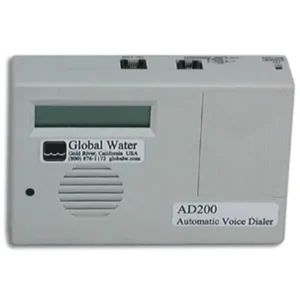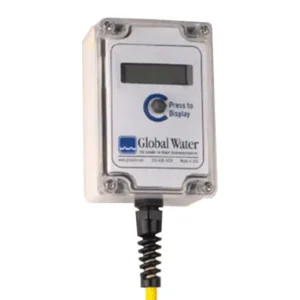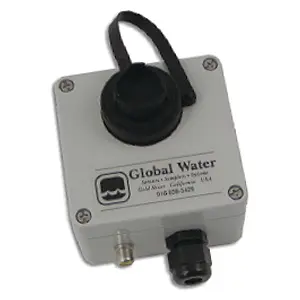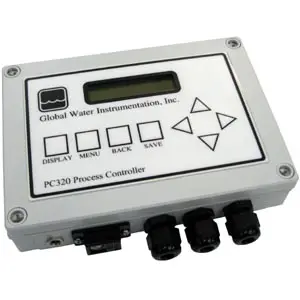Data Acquisition
Data acquisition (DAQ) is the process of collecting data from the physical world and converting it into a digital format that can be stored, analyzed, and visualized. The right DAQ tool for your application will depend on a number of factors, such as the type of signal you want to measure, the desired sampling rate, the accuracy requirements, and your budget.
A typical DAQ system consists of three main components:
- Sensors
- DAQ Hardware
- DAQ Software
Showing all 5 results
-

AD200 Auto Dialer
Read more -

EZ100 Portable Sensor Display
Read more -

GL500-2-1 Data Logger
Read more -

GL500-7-2 Multichannel Data Logger
Read more -

PC320 Process Controller
Read more
Data Acquisition: Capturing the World Around Us
Data acquisition (DAQ) is the process of collecting data from the physical world and converting it into a digital format that can be stored, analyzed, and visualized. DAQ systems are used in a wide range of applications, from scientific research and engineering to industrial automation and environmental monitoring.
The Essential Components of a DAQ System
A typical DAQ system consists of three main components:
- Sensors: Sensors are devices that convert physical phenomena, such as temperature, pressure, light, or sound, into electrical signals. These electrical signals can be voltage, current, or resistance changes.
- DAQ Hardware: DAQ hardware, also known as a data acquisition card or module, is a piece of electronic equipment that receives the electrical signals from the sensors. The DAQ hardware has an analog-to-digital converter (ADC) that converts the analog signals from the sensors into digital signals that a computer can understand.
- DAQ Software: DAQ software is a computer program that allows you to configure the DAQ hardware, collect data from the sensors, display the data in real-time or for later analysis, and export the data to other software programs for further analysis.
Choosing the Right DAQ Tool
The right DAQ tool for your application will depend on a number of factors, such as the type of signal you want to measure, the desired sampling rate, the accuracy requirements, and your budget. There are many DAQ vendors that offer a wide range of DAQ systems to choose from.
By understanding the basics of data acquisition and the different types of DAQ systems available, you can select the right tool to help you collect the data you need to make informed decisions and gain valuable insights from the world around you.
